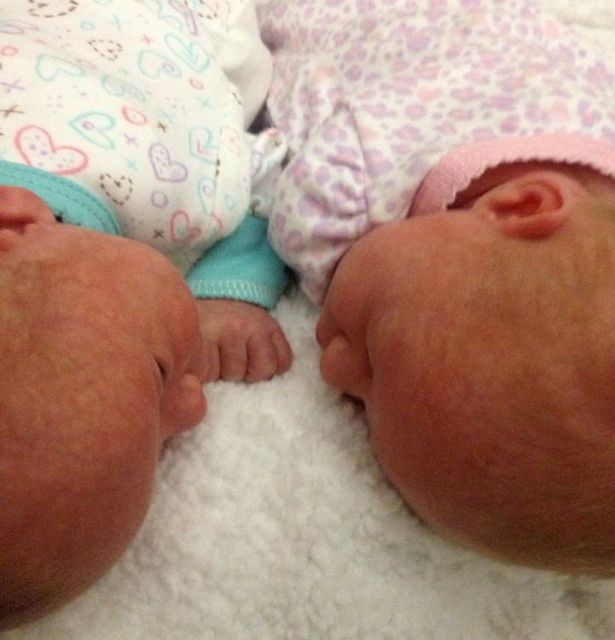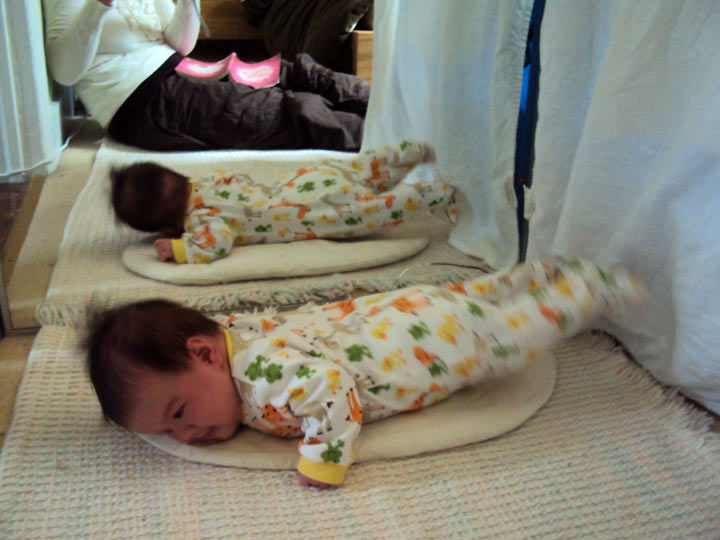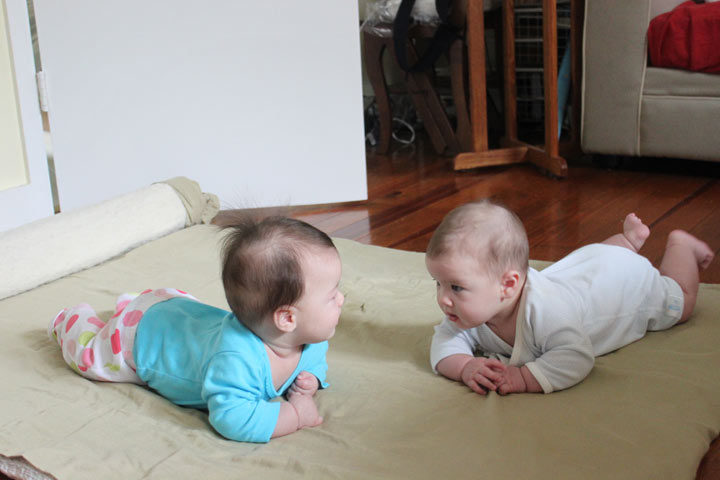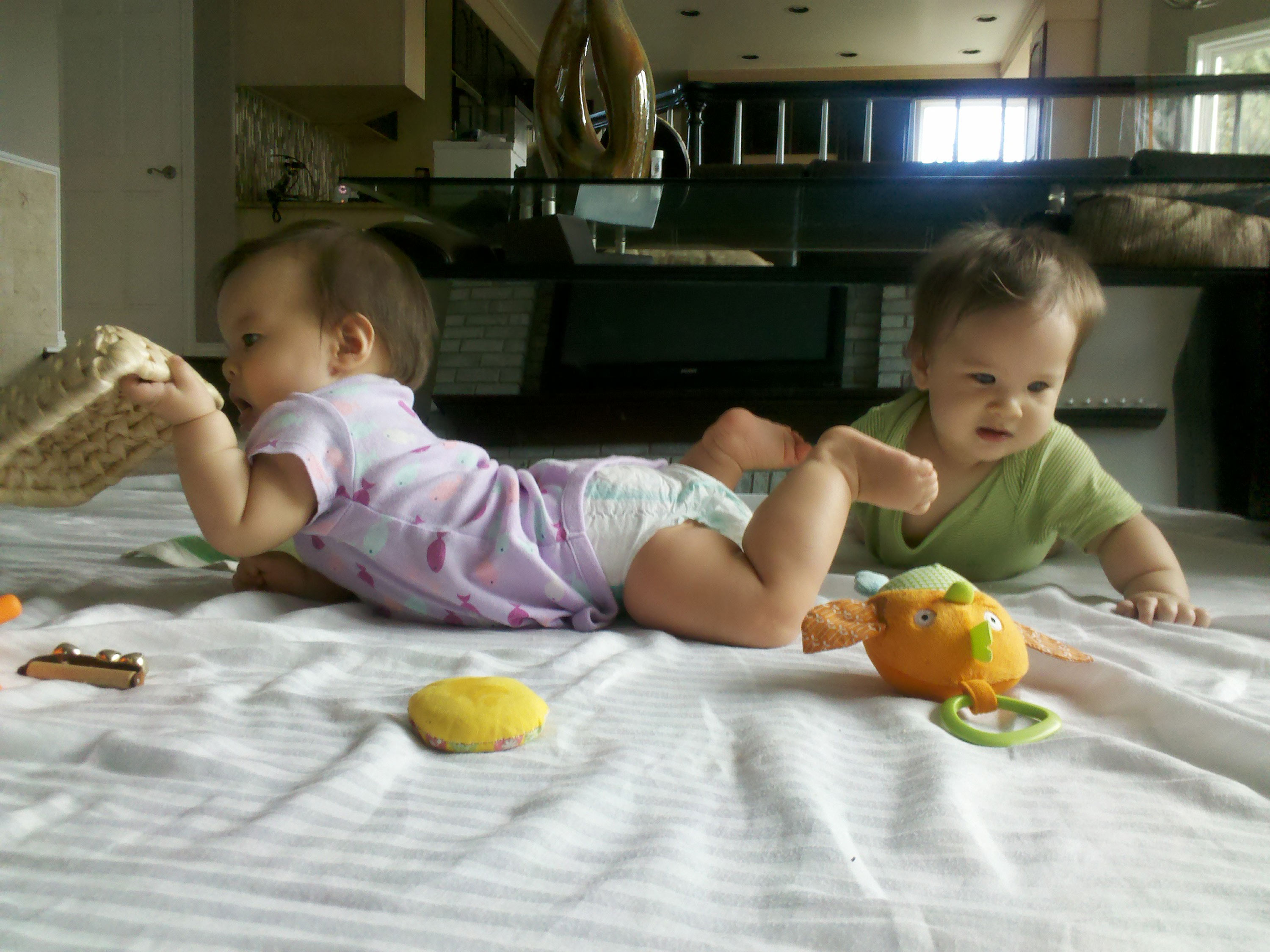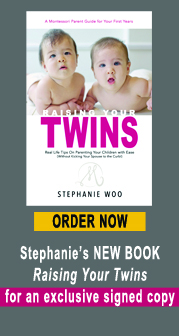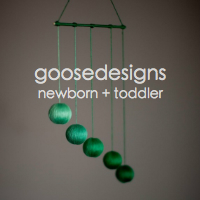Client Case Study: Newborn Twins
A new client of mine** adopted a set of newborn twins. Born at 33 weeks, these babies are ready to leave the hospital after a 3-week stay in NICU (Neo-natal Intensive Care Unit). Their feeding tubes have been removed. They are breathing and eating well on their own. But even more importantly, when you look into their eyes, they are awake, alive and eager to interact.
These twins were separated shortly after birth. Twin A stayed at the same hospital. Twin B needed urgent care and was moved to a bigger hospital. Twins need each other as much as they need their mothers. Since their mothers were giving them up for adoption, these twins needed to be together. I knew the situation was urgent due to the neurological, emotional and psychological implications of the matter. As soon as my client signed the legal papers, I coached him to speak to the hospital staff, as well as to the baby. Everyone worked together intensely and prayed. Two days later, Baby B got moved back and the twins were reunited.
Then the real work began. Our texts, phone calls and emails included the most important things to buy for the babies at this stage and the next month. Make sure the onesie opens in the front, not over the head. I coached them on what to look for in a baby carrier, helping them weigh the pros and cons. I coached them on how to care for the baby, like bathing. Make sure the baby has enough water underneath them so they can float. Apparently the nurses were amazed to see what their babies were doing in the water. I coached them to keep those babies together as often as possible. The more skin-on-skin time, the better. I also coached them on activities to do with the babies, from talking, singing, reading and more. And I prepared them for the next stage: what to do once they get home and how to support their developments of the upcoming months.
Doctors can help you make sure your babies are growing well. But to thrive, babies need much more than that. Whether they are premature or not, they need the most exquisite care during the first 8 weeks. Because they don’t yet have words, their feelings about the world becomes imprinted in their body, heart and soul. We adults can compartmentalize or rationalize experiences, but babies cannot. Good experiences or bad experiences become part of their norm and their impression of how life is. And they carry those impression forever. That’s why it’s critical to help your newborn begin their journey on this earth with pleasure, security and trust.
These parents were amazing. They were open. They did everything – and more. With every new picture, I saw those babies waking up and becoming more alive. Pictures speak a thousand words: those newborns were thriving.
______________________________________________________________________
Every mother needs a coach to help you navigate these critical times. Give yourself (or someone you know and love) the gift of a one-month Private Consultation this holiday season and get 2 free weeks! Read this and then email me to schedule your 20-minute complimentary introduction call: stephanie@stephaniewoo.com
**Story and picture shared with permission




